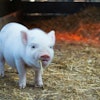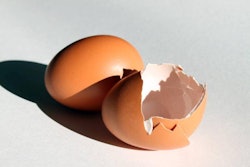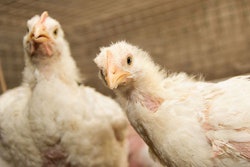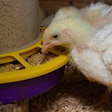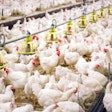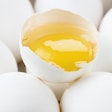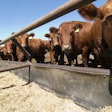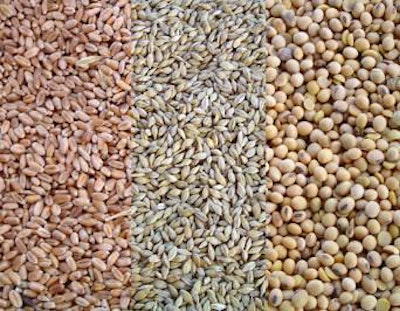
When cereal prices go up, cost of animal feed increases dramatically.
Unfortunately, for pig and poultry producers, cereal prices appear to be on the rise once more. Like so many times in the past, expensive cereals mean increased feeding cost and reduced profitability. After all, feed costs account to up to two-thirds of total costs in pig and poultry production.
The following tips are offered for consideration when dealing with high cereal prices. Not all can be applied at the same farm. A selective combination must be used according to local conditions.
-
Better cereal contracts
Purchasing power can be enhanced by increasing volume per transaction or the duration of a purchasing contract. In this way, lower long-term prices can be guaranteed. In the case of cereal futures in the stock exchange, professional advice is required.
-
Reduced market weight
Pigs and chicken tend to deposit more fat than lean meat once the protein deposition potential peaks. This affects adversely the feed-to-gain ratio, meaning that weight gained late in life is not as efficiently gained as weight added earlier on.
-
Leaner genetics
Through the same mechanism described above (depositing less fat), leaner genetics can offer feed cost savings, assuming these genetics are not more expensive to buy. Finding leaner pig genetics is relatively easier than finding leaner poultry genetics.
-
Feed wastage
In many commercial units, and especially those that use inexpensive feeders, up to 25% of feed can be seen wasted due to poor management of feeders, feed, and pigs. As wastage is reduced, feed-to-gain ratio is improved proportionately.
-
Animal health
Healthy animals grow leaner and more efficiently compared with those of suboptimal health. Malnutrition early in life is also “compensated” by depositing more fat and organ tissue later when nutrition becomes normal again.
-
Grinding cereals
It has been determined that, for every 100 microns reduction in particle size, feed efficiency improves by 1.4%. This improvement in feed efficiency should not be outweighed by the cost of grinding cereals to a reduced particle size.
-
Enzymes
Certain enzymes work efficiently against the major non-starch polysaccharides found in cereals, especially in wheat (arabinoxylans) and barley (beta glucans). If these cereals are of poor quality (as defined by a large concentration of non-starch polysaccharides), the addition of a cereal-specific enzyme may increase metabolizable energy concentration.
